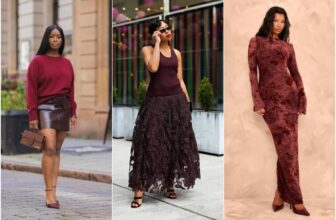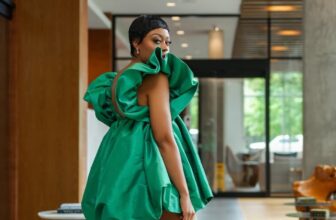Fashion has always been a way for individuals to express their personalities, beliefs, and creativity. However, over the years, dress codes have dictated what people should wear, often limiting this form of self-expression.
Whether it’s a strict office policy, societal expectations, or unwritten rules about how people should dress in specific situations, the ‘dress code’ mentality often restricts the freedom to wear what truly makes us feel comfortable, confident, and authentically ourselves.
But as society evolves, so should our approach to what we wear. The growing shift toward personal expression through fashion highlights the need to ditch these rigid dress codes and embrace the idea of dressing for yourself.
Ahead, we’ll explore why it’s time to move away from traditional dress code expectations, how fashion impacts mental health and well-being, and why dressing for yourself is an essential aspect of self-empowerment.
The History of Dress Codes
Dress codes have been around for centuries, with their roots tied to societal norms and hierarchical structures. In ancient civilizations, clothing was often a marker of one’s social status, religion, or profession.
For example, in Ancient Rome, only certain citizens could wear togas of specific colors and materials to signify their rank. Similarly, in medieval Europe, sumptuary laws controlled what people could wear based on their class, wealth, and occupation.
While we no longer live under such explicit rules, modern dress codes still exist in many forms—whether it’s the formal wear expected at weddings, the business attire required in corporate settings, or even the school uniforms that students are obliged to wear. These codes have evolved to be more subtle but still carry the same purpose: to control and categorize individuals based on what they wear.
A particularly striking example is the 19th and 20th-century gender-based dress codes, which dictated that women should wear dresses or skirts, while men wore suits and ties. These regulations reinforced gender norms and stifled personal expression.
Even today, remnants of these dress codes exist, limiting the way people present themselves according to outdated notions of what is ‘appropriate’ for their gender, role, or social standing.
In essence, dress codes often serve to maintain social order and enforce conformity, whether it’s overtly by law or covertly through social pressure. The problem with this is that it overlooks the diversity of human experiences and the uniqueness of individual styles. When people are forced to adhere to specific dress codes, it can stifle creativity, self-expression, and even confidence.
The question arises: Why do we still adhere to these restrictive rules in an era that celebrates diversity and individuality?
How Clothing Affects Mental Health
It’s no secret that what we wear can affect how we feel. Studies have shown that clothing can influence not only how others perceive us but also how we perceive ourselves.
This concept, often referred to as enclothed cognition, highlights the psychological impact of wearing certain types of clothing. For instance, wearing formal business attire might make someone feel more confident and professional, while casual wear might make them feel more relaxed and approachable.
“Enclothed cognition” is a psychological theory that suggests the clothes we wear directly influence our thoughts, behavior, and confidence. When you wear something that resonates with your personal style, you’re likely to feel more comfortable, confident, and authentic. On the other hand, wearing clothing that doesn’t align with your identity can leave you feeling disconnected from yourself, anxious, or self-conscious.
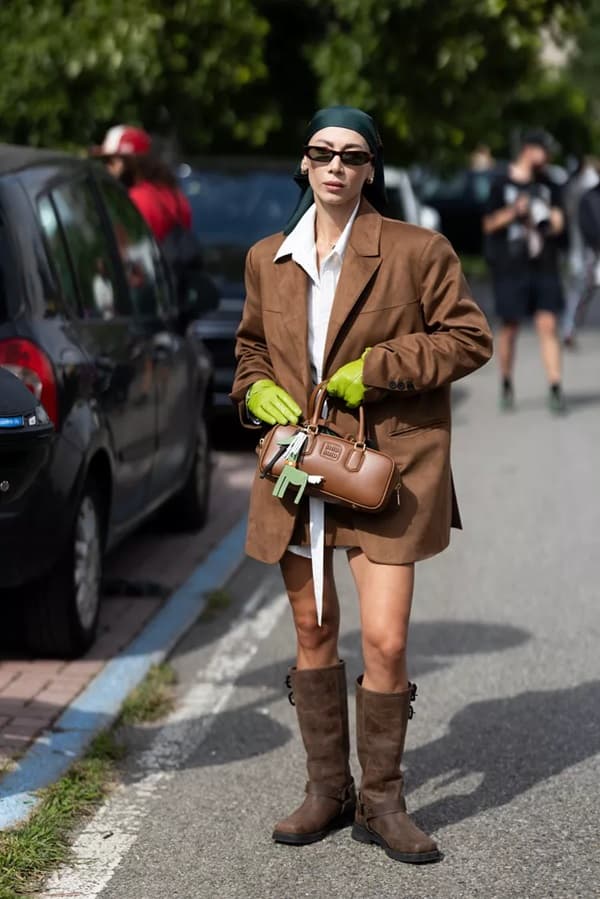 Photo: Valentina Frugiuele/Getty Images
Photo: Valentina Frugiuele/Getty Images Imagine going to a formal event where you’re required to wear an evening dress, but you’re someone who feels more at home in casual wear.
You may spend the entire time focusing on how out of place you feel rather than enjoying the event. This dissonance between who you are and what you’re wearing can lead to a lack of self-assurance, impacting your performance and social interactions.
When we dress for ourselves, we can better harness the psychological power of clothing to boost our confidence, creativity, and overall happiness. By ditching the dress code mentality, we open ourselves up to greater authenticity and empowerment.
However, when people are forced to dress according to a specific code that doesn’t resonate with their personal style or comfort, it can have negative psychological effects. Many individuals experience discomfort, self-consciousness, or even anxiety when they have to wear something that doesn’t align with their identity or preferences.
In schools, for example, students who are required to wear uniforms often report feeling less individualized and more restricted in their ability to express themselves.
In corporate environments, employees may feel stressed or uncomfortable if the dress code is too formal or rigid, particularly if it doesn’t align with the company’s culture or the nature of their work. In both cases, the restrictive nature of dress codes can lead to feelings of disempowerment.
On the flip side, when people dress in ways that make them feel good about themselves—whether it’s dressing up or down—it can lead to increased confidence, self-esteem, and overall well-being.
Wearing clothes of your choice, regardless of what others expect, gives you a sense of control over your own identity. It’s this feeling of autonomy that can improve mood and boost mental health.
Does Fashion and Social Media Shape Dress Codes?
The fashion industry and social media platforms have a significant influence on the way we perceive dress codes. Fashion magazines, Instagram influencers, and celebrity culture often promote trends that people feel compelled to follow, even if those trends don’t align with their personal style.
One of the pitfalls of the fashion industry is its reliance on fast fashion and constantly shifting trends. While it can be fun to participate in trends, it’s also easy to lose sight of your own preferences in the process. Trend-driven fashion encourages people to conform to what’s popular, rather than exploring what makes them feel good.
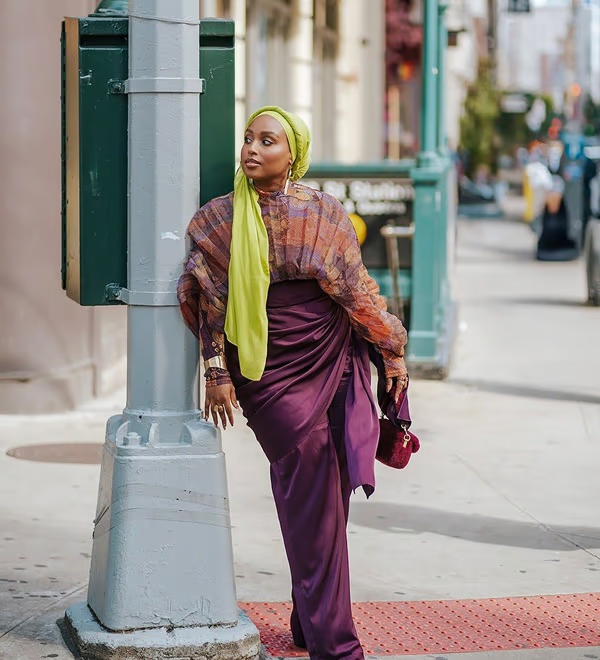 Photo: Instagram.com/Ayshaharun
Photo: Instagram.com/Ayshaharun Social media, while a great platform for inspiration, can also perpetuate the idea that there’s a “right” way to dress for certain occasions. The fear of being judged or compared to others can lead people to conform to societal expectations rather than dressing for themselves.
By rejecting the dress code mentality, we can also liberate ourselves from the pressure to constantly keep up with trends. Instead, we can cultivate a wardrobe that reflects our true selves and brings us joy.
Why Dressing for Yourself Matters
In a world where we’re constantly bombarded with messages about how we should look, act, and present ourselves, dressing for yourself is a radical act of self-care. It’s about rejecting the idea that you need to fit into a particular mold or meet someone else’s expectations to be valued or accepted.
Dressing for yourself allows you to celebrate your individuality and express your identity on your own terms.
It’s a way to take control of how you want to be seen, without worrying about whether you’re following the latest trend or adhering to a specific dress code. This can be incredibly liberating, especially for those who feel pressured to conform to societal norms or face scrutiny based on their appearance.
Moreover, dressing for yourself can serve as a form of resistance against the unrealistic beauty standards that are often perpetuated by the media and fashion industry.
When you choose to wear what makes you feel good, rather than what’s expected of you, you’re taking a stand against the pressure to look a certain way. You’re affirming that your worth isn’t determined by how closely you fit society’s narrow definitions of beauty or professionalism.
Fashion as a Form of Self-Expression
Fashion has always been a powerful tool for self-expression. From the colorful, rebellious styles of the 1970s punk movement to the sleek, minimalist looks of modern streetwear, clothing allows individuals to communicate their values, beliefs, and personality without saying a word. It’s a form of non-verbal communication that transcends language and cultural barriers.
When we dress for ourselves, we embrace this form of expression and reclaim our autonomy over how we present ourselves to the world. Rather than dressing to meet someone else’s expectations or adhere to arbitrary rules, we can dress in ways that make us feel authentic, comfortable, and confident.
This doesn’t mean that we should throw away all sense of decorum or completely disregard context when choosing our outfits. Rather, it’s about finding a balance between dressing appropriately for the occasion while still staying true to your own style.
For instance, if you work in an office that expects business casual attire, you can still find ways to inject personality into your outfit, whether through bold colors, unique accessories, or interesting textures.
Ultimately, dressing for yourself is about making choices that align with your personal values and preferences, rather than feeling pressured to conform to external standards. When you dress in a way that reflects who you are, you’re more likely to feel confident, empowered, and ready to take on the day.
The Rise of Individualism in Fashion
The fashion industry is gradually moving away from the one-size-fits-all mentality that once dominated the industry.
Thanks to the rise of social media, street style, and the democratization of fashion, individuals now have more access to diverse styles and trends from around the world. Platforms like Instagram, TikTok, and Pinterest have given rise to influencers who champion individualism and encourage their followers to experiment with their style.
This shift has also been reflected in fashion shows, where designers are increasingly showcasing more diverse models and collections that challenge traditional norms. Gender-neutral clothing lines, sustainable fashion brands, and inclusive sizing options are becoming more prominent, reflecting a broader push toward self-expression and authenticity in the fashion industry.
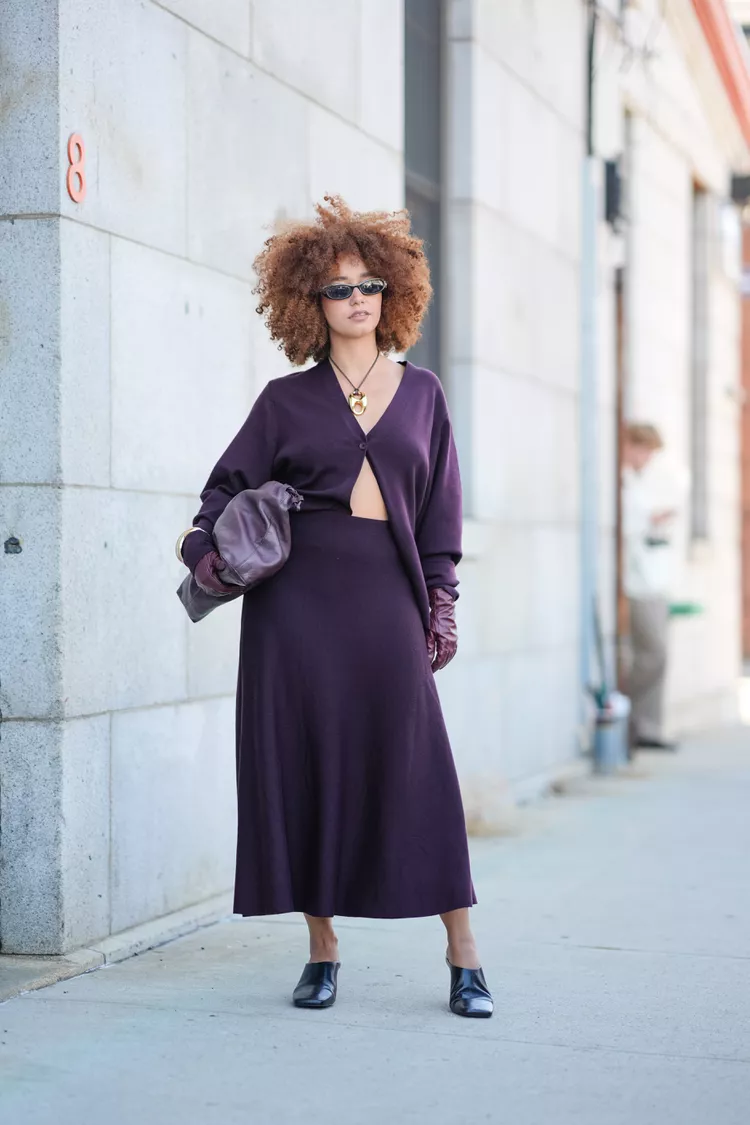 Photo: Edward Berthelot/Getty Images
Photo: Edward Berthelot/Getty Images For many people, fashion has become less about following trends and more about curating a personal wardrobe that reflects their unique tastes and lifestyles. This rise of individualism in fashion signals a move away from strict dress codes and uniformity, as more and more people choose to prioritize comfort, creativity, and self-expression over conformity.
How to Cultivate a Personal Style and Dress for Yourself
Now that we’ve explored why it’s important to ditch the dress code mentality, the next step is to cultivate your personal style. Dressing for yourself means understanding your preferences, experimenting with different looks, and ultimately choosing outfits that make you feel confident, comfortable, and authentic.
Discover Your Style Icons
Look to individuals who inspire you—not because they’re trendy, but because their style resonates with you. This could be a celebrity, a friend, or even someone you follow on social media. The key is to identify what it is about their style that appeals to you and incorporate those elements into your own wardrobe.
Invest in Quality Over Quantity
Rather than constantly chasing trends, focus on building a wardrobe filled with pieces that you love and that will stand the test of time. High-quality, timeless pieces will not only last longer but also reflect your personal style more accurately than fleeting trends.
Experiment Different Looks
Don’t be afraid to step outside your comfort zone. Try new colors, patterns, or silhouettes that you’ve never worn before. You might discover new aspects of your personal style that you hadn’t considered. The key is to approach fashion as a fun and creative outlet, not as a set of rules to follow.
Prioritize Comfort and Confidence
The most important aspect of dressing for yourself is feeling good in what you wear. If an outfit doesn’t make you feel confident and comfortable, it’s not the right choice, no matter how trendy or “appropriate” it might be for the occasion.
Ditching the dress code mentality is about more than just clothing; it’s about reclaiming your individuality and autonomy. By dressing for yourself, you express your authentic self and empower yourself to navigate the world with confidence and creativity.
Fashion should be a tool for self-expression, not a form of control. In a constantly evolving world, we should embrace the freedom to dress in ways that reflect who we are, not what society expects of us.
So the next time you find yourself reaching for an outfit, ask yourself: Am I dressing for others, or am I dressing for me?
You May Also Like:
Why Is Everyone Wearing The Quarter Zip Trend?
December 29, 2025How to Style Burgundy? 12 Refreshing Combinations You'll Want to Wear
December 29, 2025Fashion-Forward Ways to Wear Green This Christmas
December 12, 202512 Outfit Ideas To Keep You Looking Chic At Home This Holiday Season
December 11, 202510 Stylish Ways to Wear Pantone’s 2026 Colour of the Year — "Cloud Dancer"
December 10, 202510 Festive Office Party Outfit Ideas That Balance Professional & Sexy
November 27, 2025How To Wear The Metallic Skirts This Festive Season
November 20, 202515 Chic Outfit Ideas To Inspire Your Holiday Style
November 17, 20257 Stylish Ways To Wear Turtlenecks in Fall
October 2, 202513 Ways to Wear Brown and Look Chic Without Trying
September 19, 202512 Styling Tips to Master the Cocktail Dress Code
September 17, 202512 Outfit Ideas to Style the Polka Dots
September 15, 2025Esther Ejoh is a Fashion Editor at Fashion Police Nigeria, where she writes all things fashion, beauty, and celebrity style, with a sharp eye and an even sharper pen. She’s the girl who’ll break down a Met Gala look one minute, rave about a Nigerian beauty brand the next, and still find time to binge a movie or get lost in a novel. Style, storytelling, and self-care? That’s her holy trinity.



